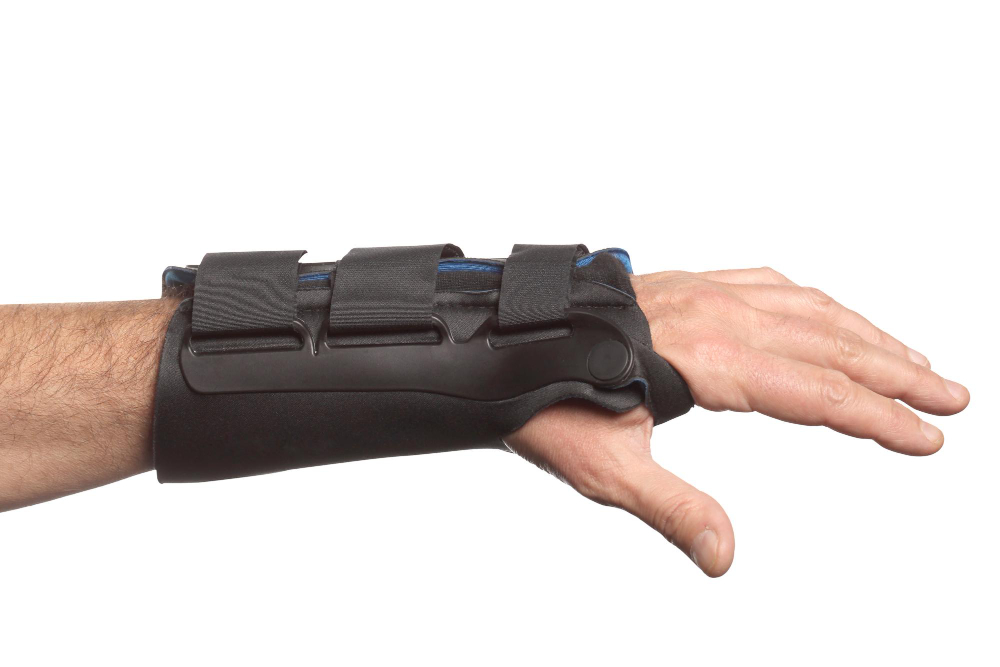What is Carpal Tunnel Syndrome?
Carpal tunnel syndrome is a common condition. It happens when a nerve in your wrist gets squeezed. This nerve is called the median nerve. Because of this pressure, you may feel numbness, tingling, or pain in your hand. Sometimes, your fingers may feel weak. Many people notice these symptoms at night or after using their hands a lot. According to the CDC, carpal tunnel syndrome affects millions of people each year. Early treatment can help relieve wrist pain and prevent further problems.
How Does Wrist Splinting Help?
Wrist splinting for carpal tunnel syndrome is a simple way to manage symptoms. A wrist splint keeps your wrist straight. This position reduces pressure on the median nerve. As a result, you may feel less pain and tingling. In fact, many doctors recommend wrist splints as a first step in carpal tunnel syndrome management. Studies show that wearing a splint at night can help you sleep better and use your hand more easily during the day. For many people, wrist splinting can delay or even avoid the need for surgery.
When to Use a Wrist Splint
Wrist splints are most helpful when symptoms are mild or moderate. You should consider using a wrist splint if you:
However, if your symptoms are severe or do not improve, you should see a doctor. Sometimes, other treatments may be needed.
How to Choose and Wear a Wrist Splint
Choosing the right wrist splint is important. Look for a splint that:
Most people wear a wrist splint at night. This helps prevent your wrist from bending while you sleep. Some people also wear a splint during the day, especially when doing tasks that make symptoms worse. Always follow your doctor’s advice about how long to wear the splint. If you live in a city with many options, you can ask about carpal tunnel treatment in your area for more choices.
Tips for Effective Splinting
Additionally, if the splint feels uncomfortable, talk to your doctor or therapist. They can help adjust the fit or suggest a different type.
Additional Self-Care and Prevention
Besides wrist splinting, you can try other steps to relieve wrist pain and prevent carpal tunnel syndrome from getting worse. For example:
These simple changes can make a big difference over time.
When to See a Doctor
Even though wrist splinting for carpal tunnel syndrome helps many people, it may not work for everyone. You should see a doctor if:
Sometimes, other treatments like medicine, therapy, or surgery may be needed. Early care can prevent lasting nerve damage.
For personalized advice on carpal tunnel syndrome, consult a healthcare professional. They can help you find the best treatment for your needs.
